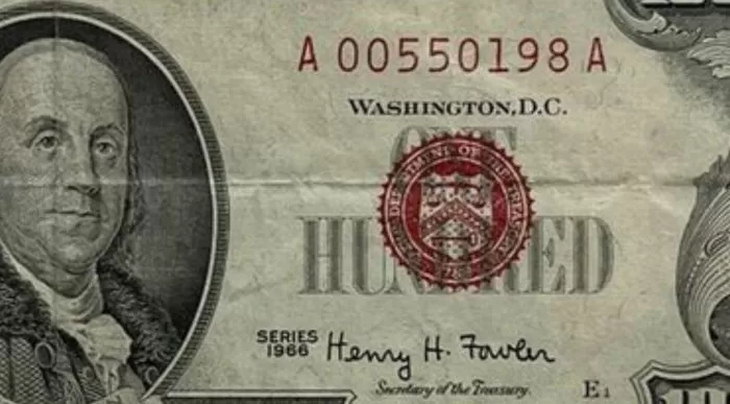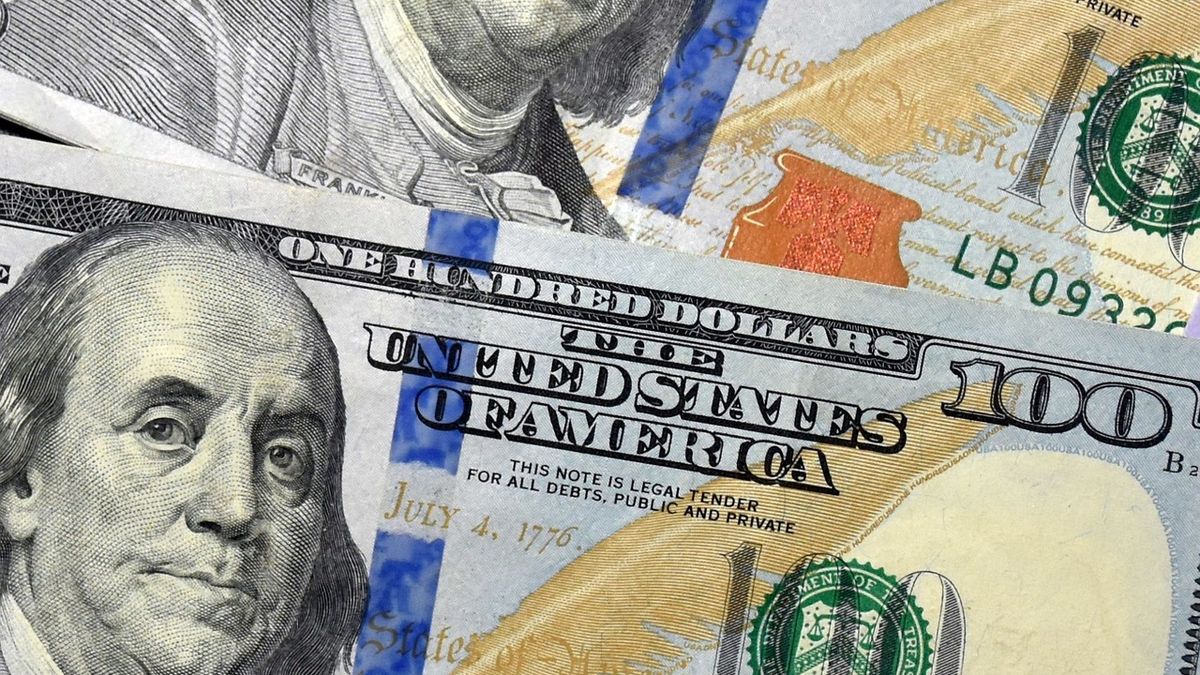It is normal for us to use the US currency as a store of value, but there is one example that exceeds all types of expectations. Find out which one.
The dollar in general, and the 100 dollar bill In particular, it is undoubtedly one of the most coveted in Argentina. But this time it has nothing to do with its nominal value. It exists a specimen that can be worth 320 thousand dollars. While it is true that most old banknotes tend to exceed their face value, as long as they are in good condition, this one is undoubtedly the most valuable that exists.
The content you want to access is exclusive to subscribers.
It is true that not everyone would pay that amount for an object of this type, so you have to know how to find the right market. Its about numismatic universea select group of fans of collecting bills and coins among other things that contain special characteristics.


What is the 100 dollar bill that sells for 320 thousand?
This bill, with the face of Benjamin Franklin on the obverse and the US Capitol on the back, was issued in 1966 and presents a peculiarity that generates a sensation of pregnancy unique among all the copies: the seal which is located to the right of the portrait of Franklin, instead of being blue like on all banknotes, it is red.
According to historians, this stamp includes a universe of banknotes that extends to those issued between 1966 and 1969 by the US Federal Reserve (FED). At that time, the organization issued banknotes backed by silver and gold certificates respectively.
662fd74ac9731_700_387!.webp

What is numismatics
The numismatics It is the science that is responsible for study the collecting of coins, banknotes, medals and other objects related to value preservation and economic exchanges. It derives from the Latin numismatis, a variant of nomisma which means coin.
In modernity, this term is assigned to the scientific study of money in all its forms, from coins to pieces of historical, cultural or artistic nature that may have a high value when it comes to exchange or conservation in itself. A difference with collectors is that numismatists, in addition to the pleasure of preserving objects, are interested in their history and the acquisition of knowledge about them.
Source: Ambito




